Sidebar
Main Menu
Turin, Italy's Best Kept Secret
If there is a city that should be on your bucket list, it's Turin. This northern Italian city is Italy's best secret.
First, let's get the names right. Turin-Torino, Torino-Turin is the same city, one in French and the other in Italian. Turin is the more popular name outside of Italy. In the Piedmont region and Southern France and Monaco, it is Turin.Coronavirus Update
The news of the impact of the COVID 19 virus on Italy was shocking. The epicenter is in the Lombardy region, with Milan as the major metropolitan area. Turin is a neighbor to Milan.
Turin seems to be surviving better than Milan and the environs. The regions around Lombardy are Emilia-Romagna (Bologna), Piedmont (Turin), Veneto (Venice). As of April 2020, Lombardy showed 57,000 infections; the closest three regions showed infections less than half of Lombardy.
Where is Turin or Torino?
I had remembered Turin as the site of the 2006 Winter Olympics. I did not know much about Northern Italy, and that it even snowed there (duh). Most people in Europe, outside of Italy, call the city Turin.
That includes in the northern regions where the traditional Pedmonese vernacular is predominant. Piedmontese is a mixture of French, Occitan (Southern French and Monaco), and Catalan.
I read that choosing between Turn, or Torino was a bit of a controversy in 2006, but the International Olympic Committee settled on Torino in deference to the host country.
Turin is also known for the Shroud of Turin. It is a piece of cloth used to wrap the body of Jesus of Nazareth after the Crucifixion. Some claim that the fabric has an image of the face of Jesus. The House of Savoy has been the keeper of this relic since its acquisition in 1453 in Chambery. It was moved to Turin in 1578 when it became the new capital of the House of Savoy. The Catholic Church became the keeper of the Shroud in 1983.
Turin is mountainous, located in the Piedmont region of Italy. The Alps surround it on two sides, north and west. To the south are the Alpine mountains, and to the north are France and Switzerland.
Getting There
From Lyon, France, where we were living at the time, it was easy to take the TGV train directly to Turin. From there, you can transfer to ItaliaRail for other points in Italy. The same train can take you to Milan, which is the next stop from Turin. Turin is the third-largest economy in Italy after Rome and Milan.
The train trip on the TGV takes 3 hours and 40 minutes. You won't notice the time because it's a very scenic ride along the way with the mountain peaks. The last stop in France before entering Italy is a city called Chambery. Here, You will see many hikers, walkers, backpacking tourists in the train station stops. Chambery used to be the capital of Piedmont before moving to Turin in the 16th century.
Turin has four train stations. International trains like the TGV arrive at Porta Susa or Porta Nuovo. The Porta Nuovo is the central train station and connects to the city's metro. It's a bustling train station (third busiest in Italy after Rome and Milan), with many retail shops including many gelato shops! We arrived in Porta Susa, a beautiful station, and closer to the city center, with Porta Nuova just a slightly longer walk.
Why is Turin Important?
You will quickly know that Turin is an economically important city. Turin is a home base for Fiat since 1899. FIAT stands for "Fabbrica Italiana Automobili Torino."
Northern Italy (Turin-Milan-Bologna) is an automotive center. The National Automotive Museum in Turin traces the history of Italian car companies, including Lamborghini (Bologna) Alfa Romeo (Milan), Ferrari (Marinello-Bologna). My mother drove a lowly Fiat 600D back in the days when we were growing up, so it holds fond memories for me. Now, FIAT owns Chrysler, so it's not too "lowly" a company.Finally, I learned that Turin was the first capital of a unified Italy from 1861-1864. Since the fall of the Roman Empire, Italy existed as regional fiefdoms, including the region controlled by the Papacy in Rome.
At first, a monarchy, the first king of Italy, King Victor Emmanuel II, came from Turin.
What is the House of Savoy?
When in Turin, you will quickly hear about the House of Savoy or the Kingdom of Savoy. This family ruled the Piedmont region in one form or another from the early 11th century until 1946. From a smallholding in the Alps, it gradually expanded through marriage and political diplomacy. Here are the historical highlights.
It became a Duchy in 1416. France occupied it through the mid 16th century. With luck and political maneuvering, Emmanuel Philibert regained and expanded his territory, and moved the capital from Chambery to Turin. There is a lot of history of the House of Savoy. For me, there are two significant points to their story: the development of Turin to what it is today and their role in the Unification of Italy.
Emmanuel Philibert, and subsequent rulers through the 1800s, embarked on an era of economic development and building in Turin. His goal was to make Turin a worthy comparison to Paris.
Governing power emanated in the capital, where they undertook urban development and renewal projects that would form the modern Turin. Emanuel Philbert also moved The Shroud to Turin and built a chapel for it.
Famous Italian and European architects of the 1700s and 1800s began work on Turin. Guardia Guarini and Filippo Juvarra were significant Italian architects that left a mark on the city in the many monuments and palaces.
There were periods of conflict with the French in the early 1700s. After decisive victories over the French, the Duchy became a Kingdom (Treaty of Utrecht)
A Time of Revolution
By the early 19th century, European Italian nationalism and the unification movement started. By 1848, Charles Albert (Kingdom of Savoy and Sardinia) agreed to a new constitution transforming the Kingdom of Sardinia to the Kingdom of Italy.
Victor Emmanuel II became the first King of Italy after the abdication of Charles Albert, who was his father.
This significant event marked the first time the Italian Peninsula was under one rule since the Roman Empire. Turin was the capital of Italy for three years, 1861-1864. It was moved to Florence the following year when Tuscany joined the Unification. It moved to Rome permanently in 1870. That year, Italian troops entered Rome to end the 1000 year rule by the Papacy. The Pope did not accept the Unification and took refuge in the Vatican. The resolution resulted in the creation of Vatican City in 1920 (Lateran Treaty)
With Italy's trend towards fascism and Benito Mussolini, King Victor Emmanuel chose to appease Mussolini, subsequently losing all political power after the war.
The House of Savoy lost all their wealth and titles and banished from Italy. The remaining members of the family lived in several countries outside of Italy, mostly in Portugal, Switzerland, and Egypt. Existing family members remain controversial to this day.
The House of Savoy ruled Italy until 1946. After WWII, the country opted to convert Italy to a republic rather than a monarchy.
Best Sights in Turin
A visit to Turin will change any preconceptions of Italy. Centuries of development and renewal under the House of Savoy has paid off. The city is elegant and regal, yet understated. The House of Savoy was a military dynasty with a penchant for organization and precision. Many say that the building exteriors were modest, but the interiors were exquisite.
Piazzas and Porticoes
One of the things you will notice around Turin is the spacious squares (piazzas) and the archways (porticoes) surrounding the squares. Piazza Castello or Palace Square, on Via Roma, is the main square. From the Piazza are the Royal Palace, the Madama Palace and the Chapel of the Holy Shroud. The Piazza Castello is a 17th-century structure, but its origins go back to the 16th century.
Turin has about seven miles of arches around the many squares. Legend has it that that King Victor Emmanuel I wanted to take his daily stroll without carrying an umbrella. The solution was the arches or porticoes. Initially, arches were for the royals, but later it was for the public. Note, however, that one side of the square will have continuous porticoes over cross streets (for royals), while the arches on the opposite side of the square did not cover the cross streets.The largest piazza is the Piazza Vittorio Vento. It is also the largest square in Europe with arches. Its towering dome, the Mole Antonielliana, is the iconic symbol of Turin. (Unfortunately, I do not have an original photo.) The building is not very new (circa 1860). It was originally a synagogue and converted to the Museum of National Films.
Piazza San Carlo is a distinct square that has the monument of Emmanuel Filberto (circa 1838). Around the square are many cafes, some very old and historic. The plaza features two baroque twin-like churches (Santa Christina and San Carlo circa 1600s).There are many others. The Piazza Carginano (shown above) is also popular. Here you will find the Carignano Palace and Carignano Theater (circa 18th century).
Palazzos
Palazzo Reale or the Royal Palace, is the heart of the city. It started construction in 1646 and completed in 14 years. The Palace is opulent, considered to be one of the most extravagant in Europe. The Palazzo was the home of the Savoys until 1865.
Within the Palace are apartments converted to museums that include the Royal Library and Armoury, Sabauda Picture Gallery, Archaeological Museum and the Royal Gardens and the Chapel of the Holy Shroud.The entire Palazzo preserves magnificent works of art by famous artists, frescos paintings, tapestries, furniture, porcelain, silver, and pictures from the 17th to 19th centuries.
Palazzo Madama and Civic Museum of Ancient Art is a "two-styled" palace. The first half is a medieval castle that converted to a fortress in the 14th century. Later in the 16th century, it became a Savoy residence and renovated by the Royal Madams, who stayed there for long periods. The Baroque front that dates back to 1721 is a masterpiece by Filippo Juvarra. The medieval castle is a 19th-century renovation. The Palace houses the Civic Museum of Ancient Art, with pieces 1 AD to the 19th century.
Carignano Palace and the Risorgimento Museum is a "two-faced building. The brick facade (17th century) faces the Piazza Carignano is for King Charles Albert, who was born here in the 19th century. The other side of the building facing the Piazza Carlos Alberto is for King Victor Emmanuel II, who was born here to King Charles Albert, his father.
The National Risorgimento Museum retraces the events and battles which lead to the Unification. The Museum houses the first parliament of the united Italy, which has remained unchanged since 1861.Museums
There are many museums ins the Royal Palace, as mentioned before, and all quite significant. The Royal Armoury, the Sabauda Picture Gallery, and Royal Library are exquisite. The Sabauda Gallery has one of the most extensive art collections in Italy from the 13th to the 20th century. The Royal Library has some 200,000 books, manuscripts, and scrolls from Italy and abroad. Here, you will find 13 sheets of sketches by Leonardo Da Vinci, including the Codex of Flight of Birds, self-portrait (no original), and others.
The Chapel of the Holy Shroud, also in the Royal Palace, is in a beautiful Baroque dome made of black marble. It overlooks the glass encasement of the Holy Shroud in the adjacent Cathedral of the Holy Shroud.
The Chapel was designed in 1649 and housed the Shroud until it was almost destroyed by fire in 1997. It reopened to the public in 2018 after nearly 30 years of restoration. The photo below shows the remains of the altar made by Antonio Bertola, where the Shroud existed until 1997.Cathedral and Holy Shroud below is an example of sacred architecture from the Renaissance period. Built 1491-1498, situated next to the bell tower, which was built in the 1700s by Juvarra.
You will find the Archeological Museum in the Royal Palace. The archeological area shown below is a short distance away in the Porta Palestina. It is the remains of an ancient Roman theater
Egypt Museum, founded in 1824 with the initiative of Charles Felix of Savoy, who acquired the collection from French Consul in Egypt (Bernardino Drovetti), expanded to additional discoveries from Ernesto Schiaparelli. The museum houses over 35,000 exhibits, the most crucial exhibition outside of Cairo.
Great Food and Chocolates
It is hard to tell which region in Italy has the best food. They're all excellent.
Roman cuisine has had a staunch place in the history and culture of food. Rome had the advantage of experiencing different foods and spices from the countries it foraged as the conqueror of the world in the very early days. Fortunately, Rome had the fondness for food, celebrating victories with festivals that displayed the culinary discoveries.
Even after the Fall of the Empire, Italy remained the liaison between the Middle East and the West, creating merchants from Venice or Sicily to import goods, food, and spices for wealthy families into Europe.Food became a status symbol for the Royal courts, and affluent families as more unique dishes and sweets arose during the Renaissance. Tuscany was the center of the Renaissance during the reign of the Medicis, where Italy and Western Europe experienced the growth of art, culture, and food.
You will like the food in the Piedmont region, one of the culinary regions of Italy. It rose to prominence outside of Italy in the 19th century at the time of the Unification of Italy, when the first King was a Turinese.
It's also one of the chocolate centers in Europe. In 1585, Duke of Savoy Charles Emmanuel married the daughter of Philip II of Spain when raw cacao arrived in Italy from the colonies in Mexico. Turin's experience for cacao burgeoned in the hands of innovative chocolatiers and turned it into one of Europe's chocolate centers.
If you like chocolate, you will like Turin. The famous chocolate is the gianduja, which is a hazelnut, chocolate paste. It is the original Nutella. The gianduja arose as a result of the English embargo of cocoa during the Napoleon wars. Turinese chocolate makers had mixed hazelnuts (which were abundantly available in Piedmont) into the chocolate, creating the now-famous mix.
There is also the hot chocolate-coffee-whipped cream mixture called bicerin, also a local favorite. That's one drink that is sure to grow your hips!
When you subscribe to the blog, we will send you an e-mail when there are new updates on the site so you wouldn't miss them.
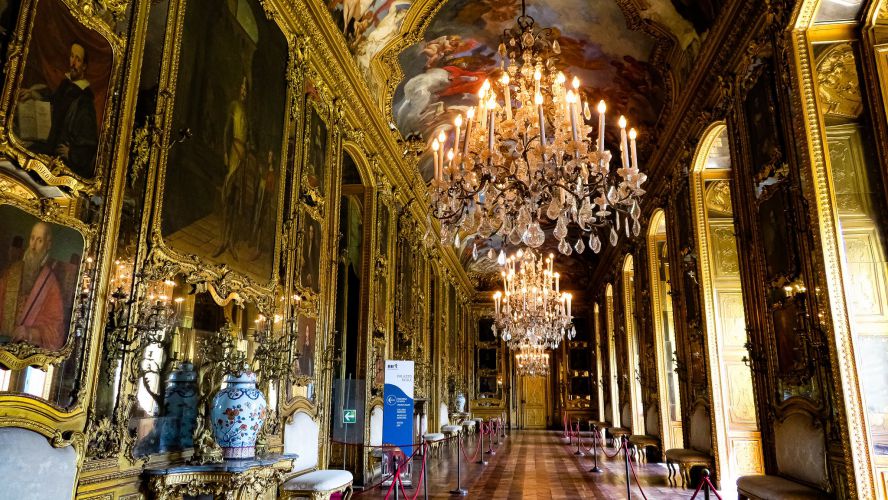
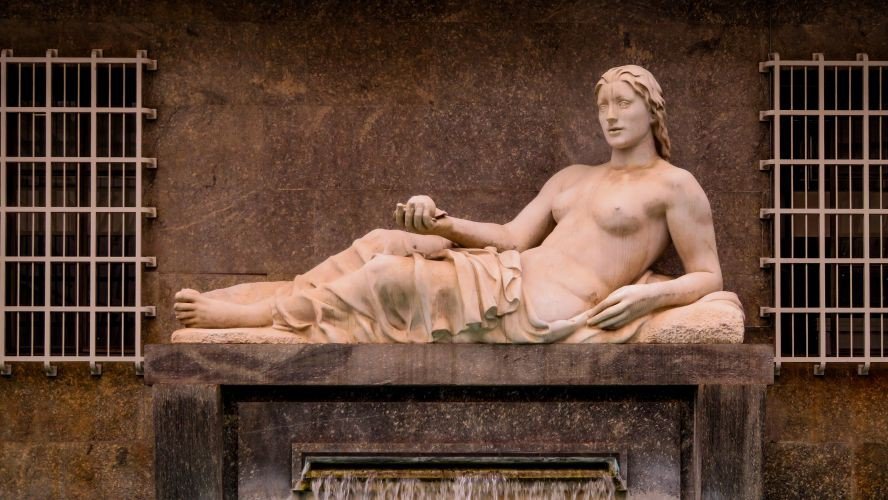
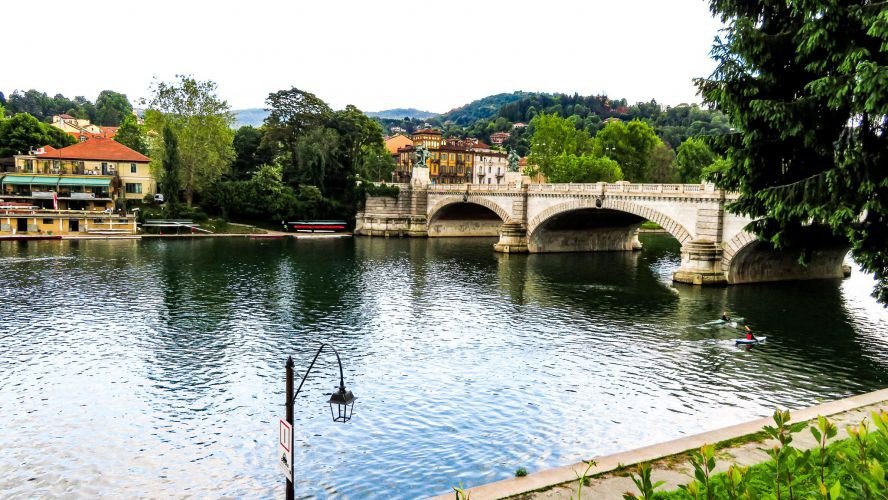
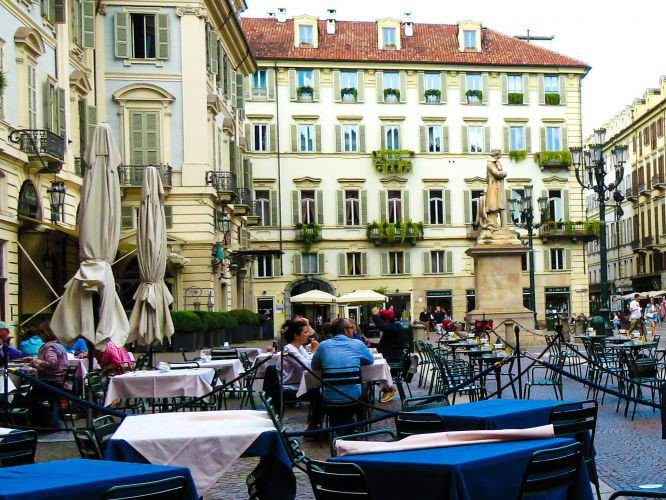
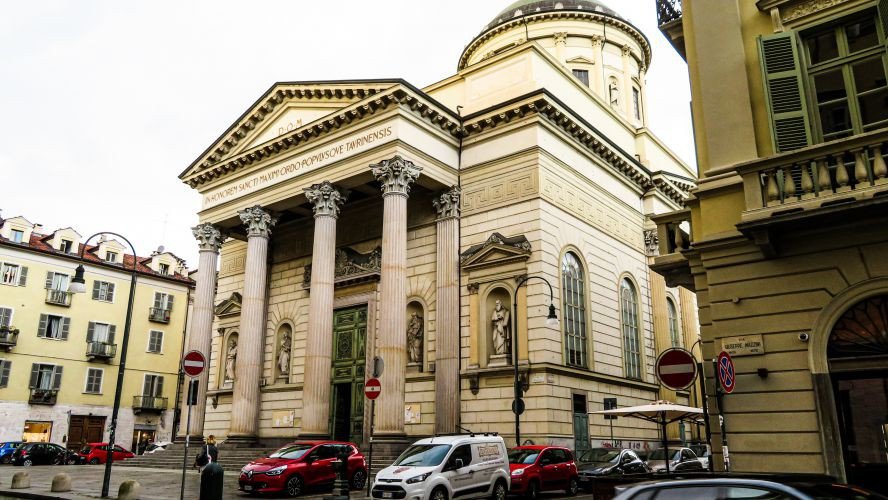
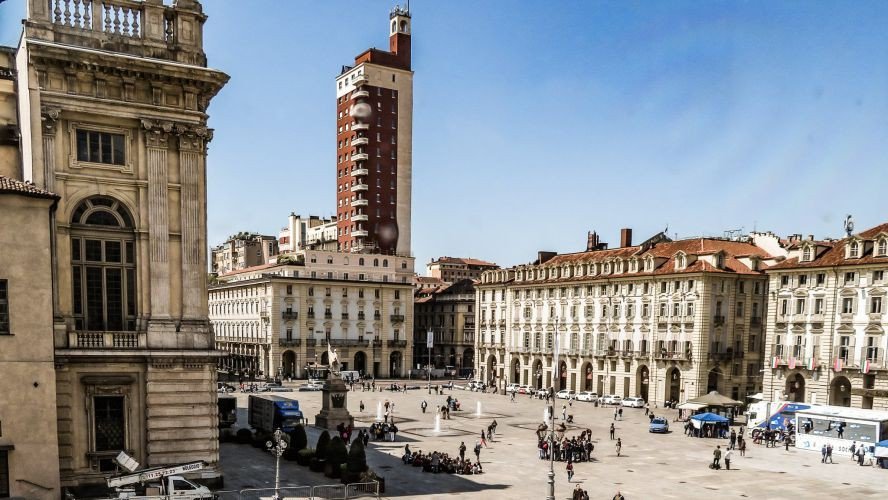
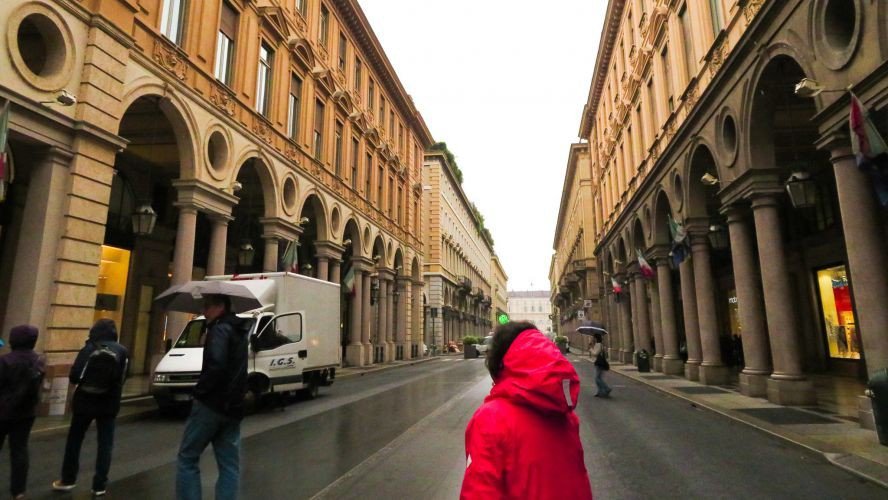
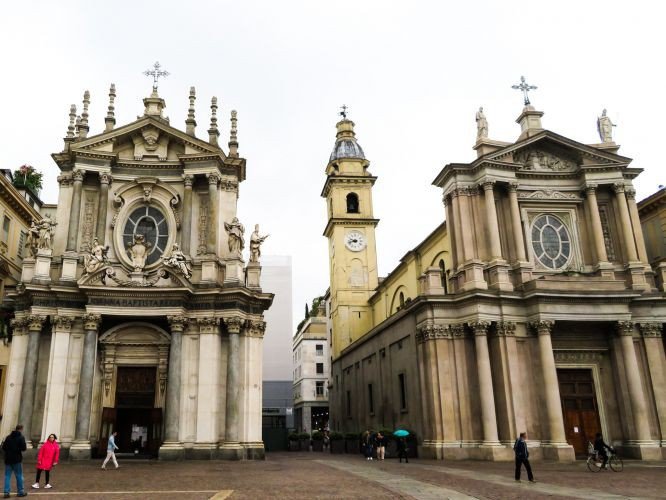
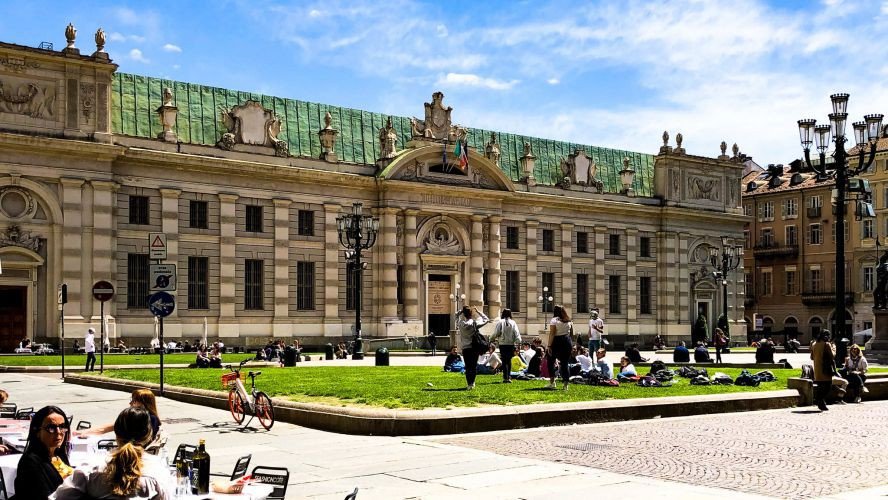
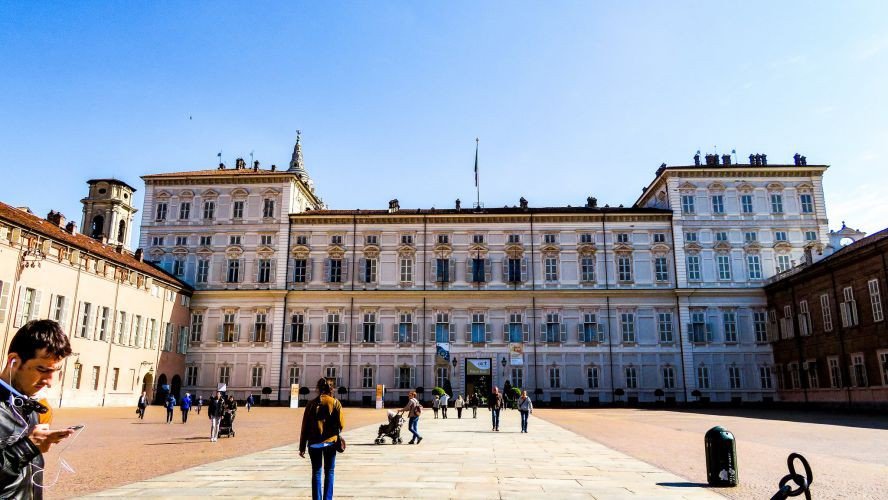
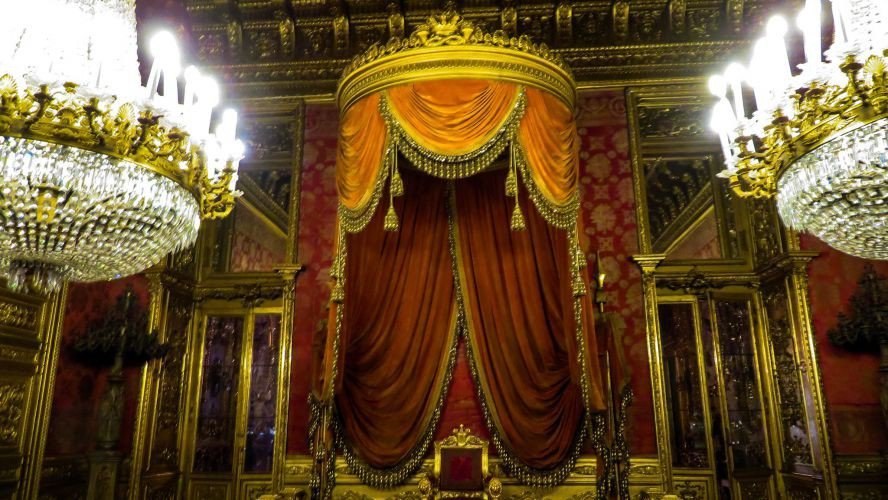
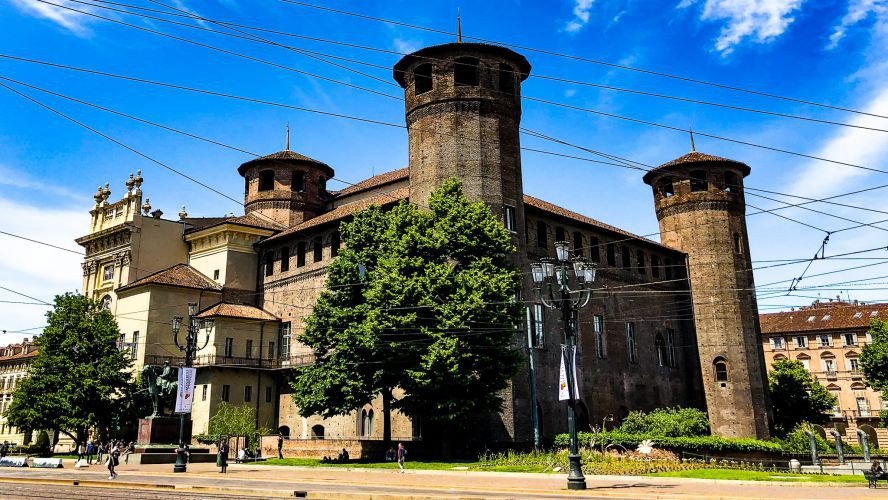
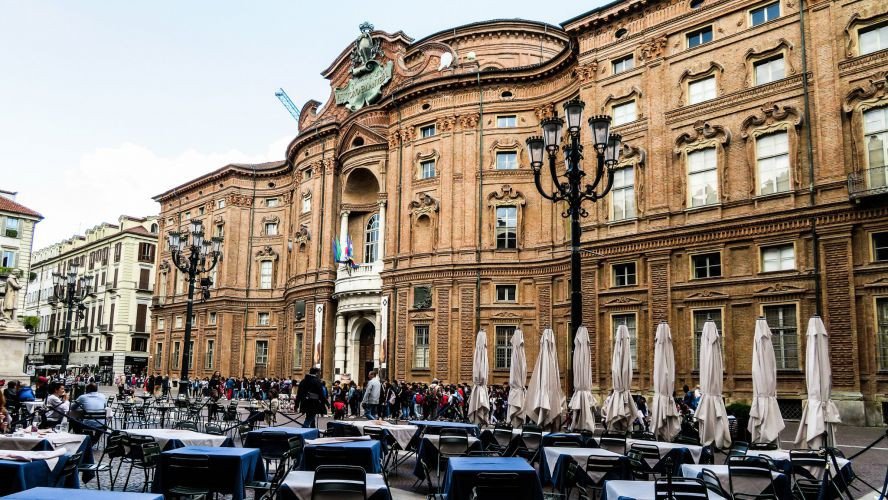
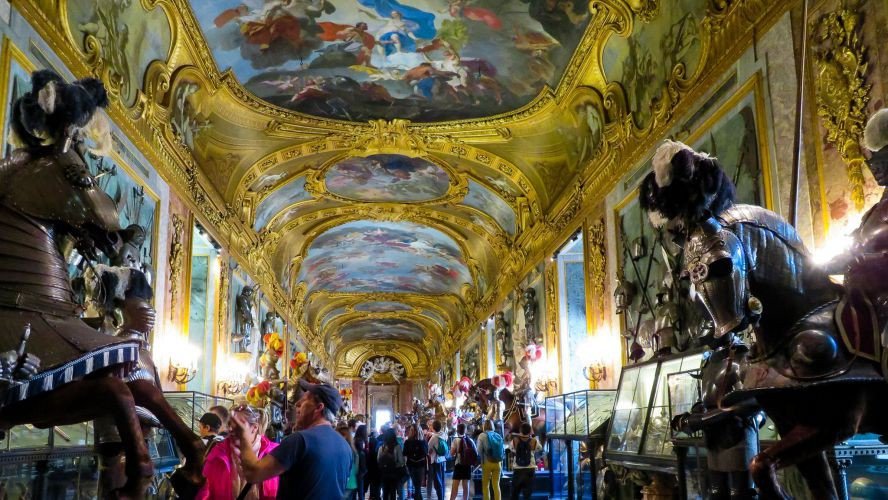
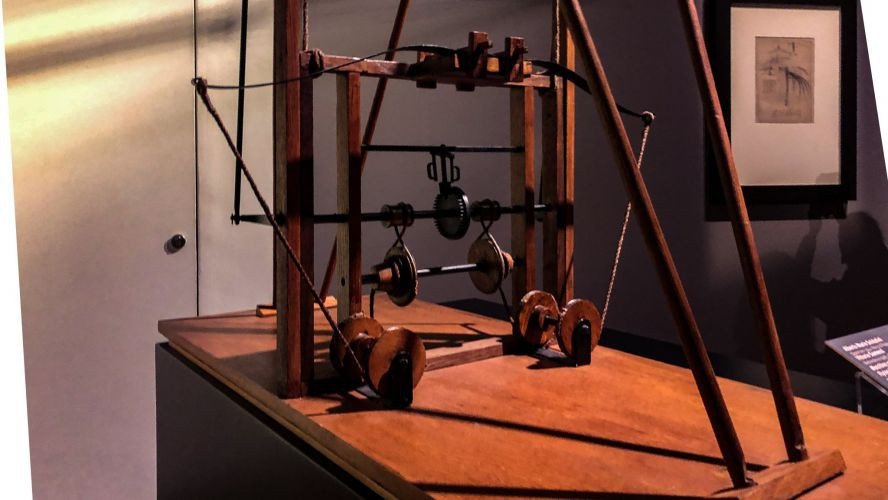
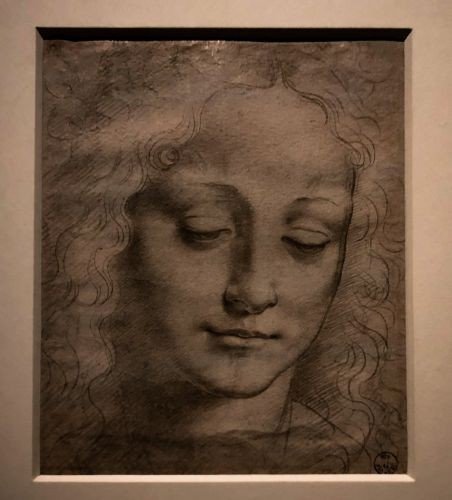
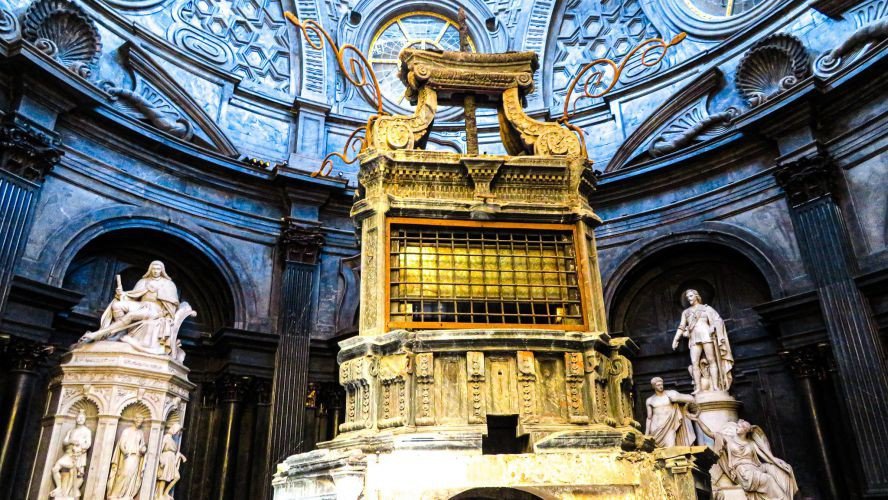
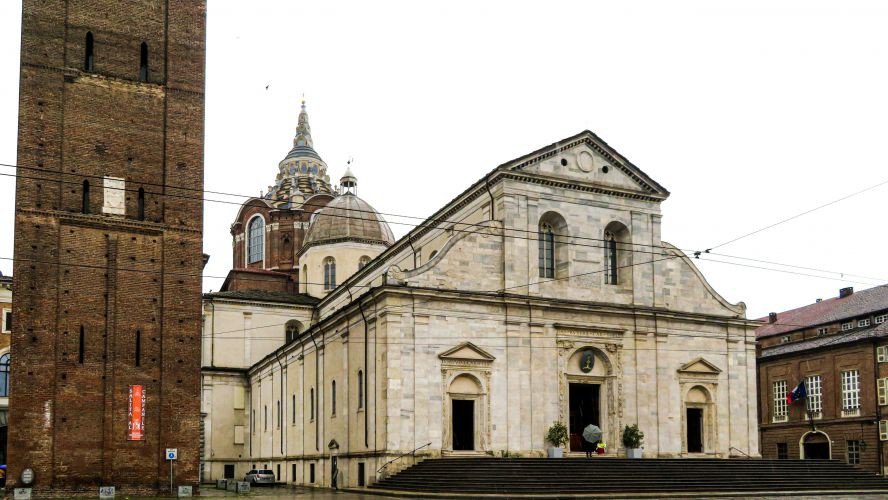
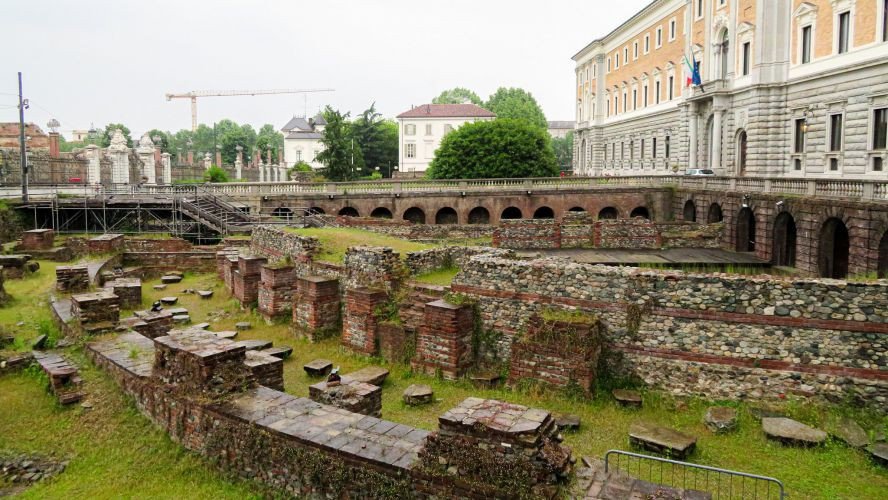
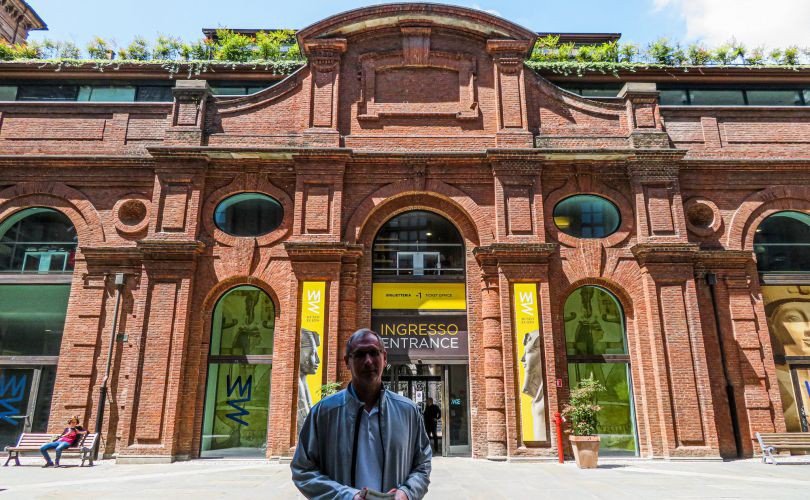
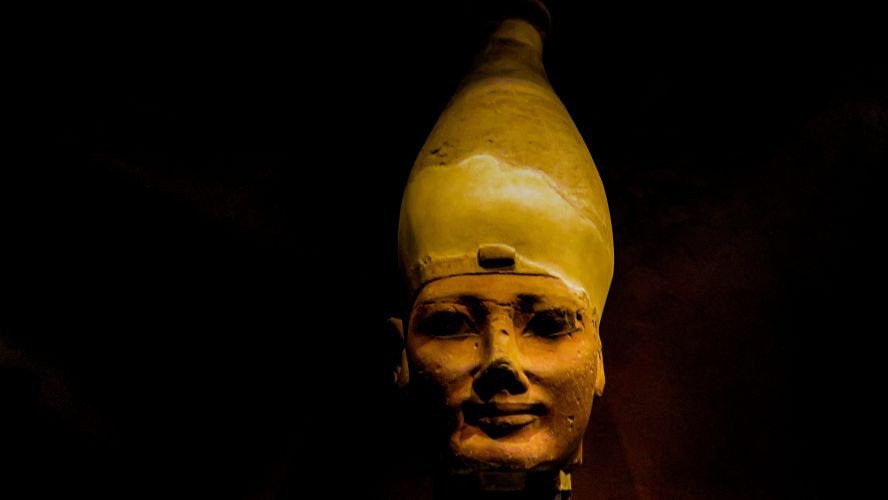
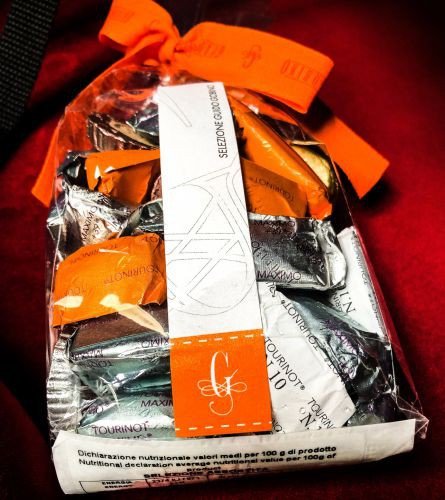
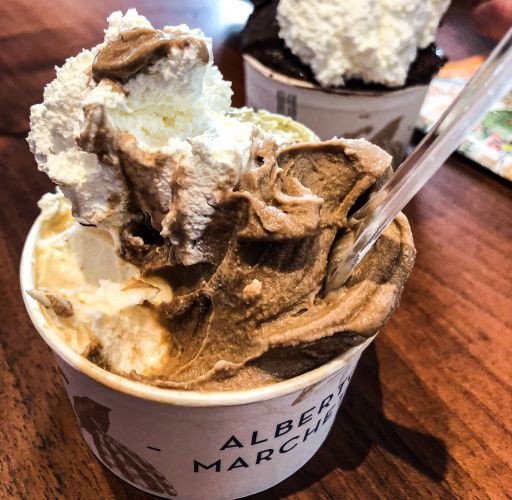
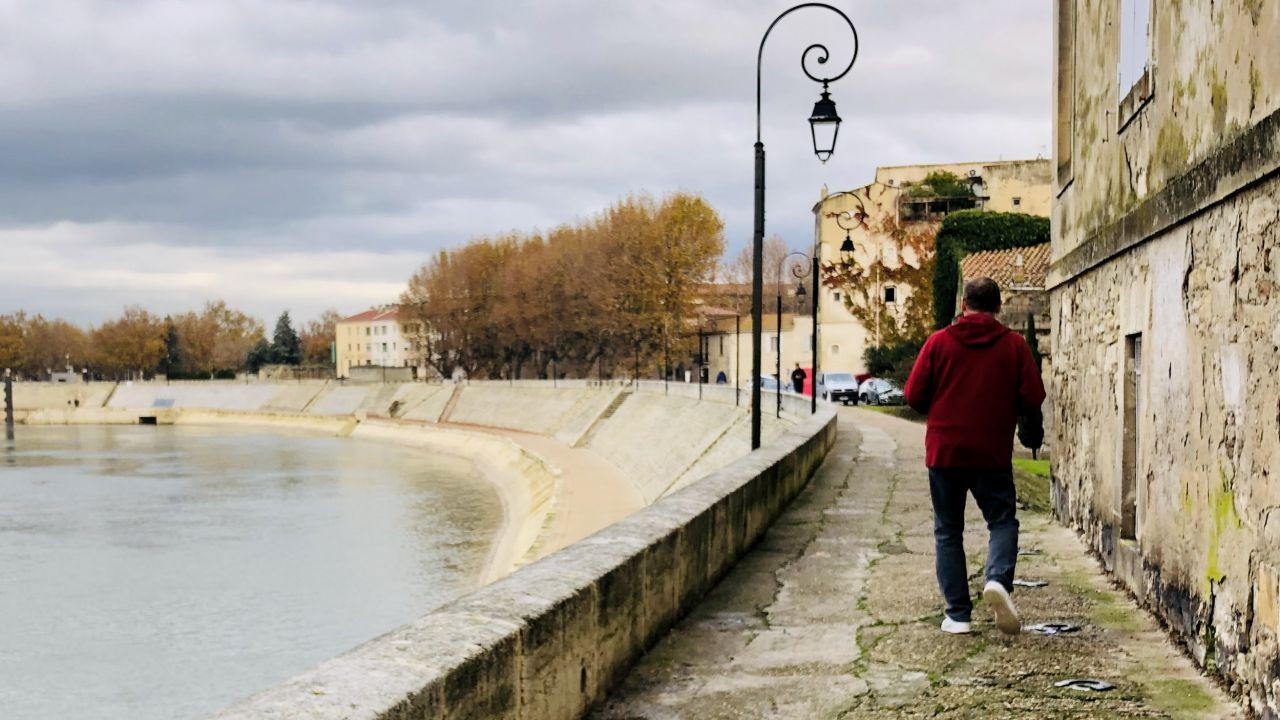
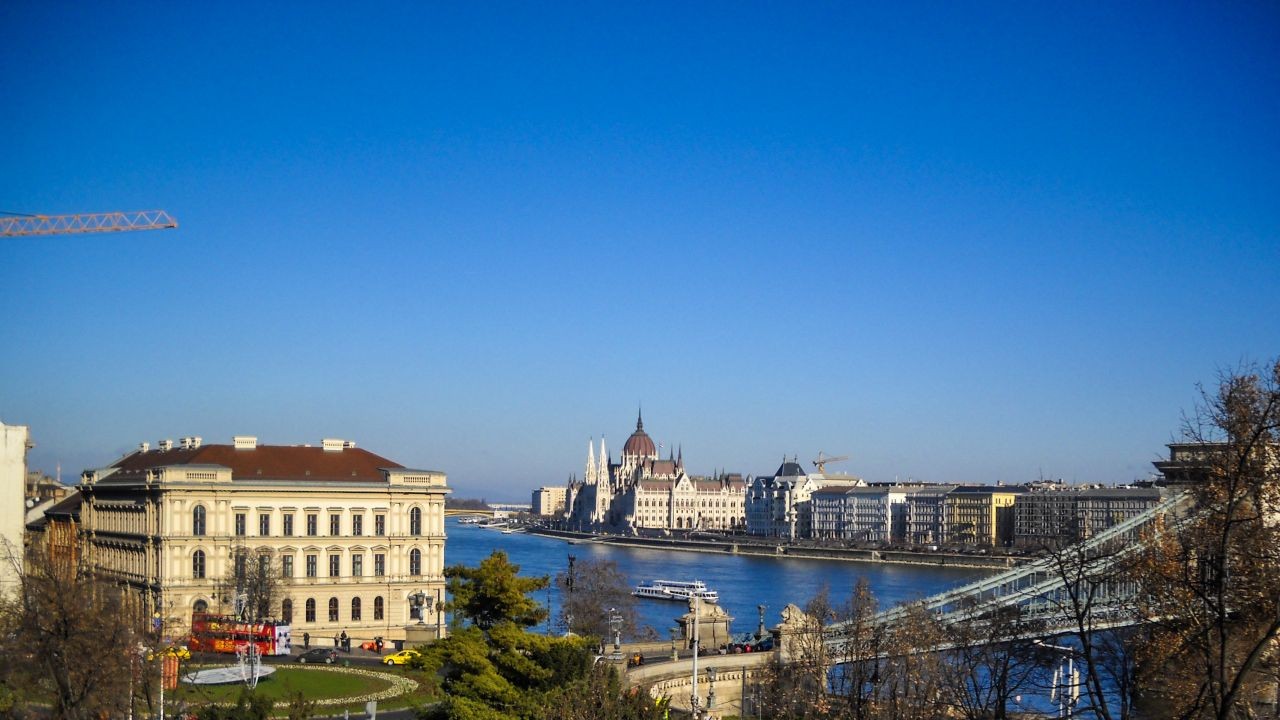

Comments